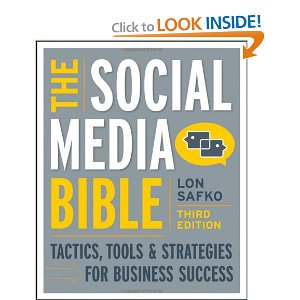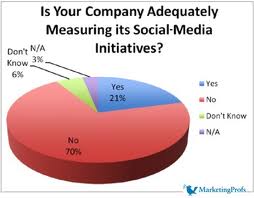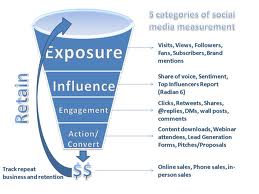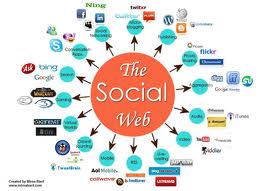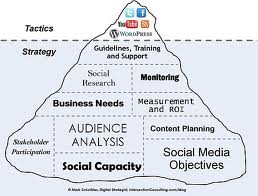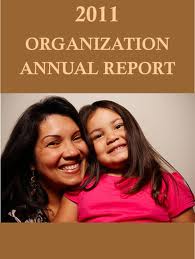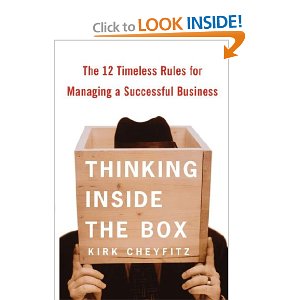 As promised in last Friday’s post, I am dedicating today, tomorrow and Thursday to challenging proponents of “outside-the-box thinking” and examining various “inside-the-box thinking” principles. This week’s posts were determined by DonorDreams blog subscribers who took the time to voice their opinions via a poll last Friday. Thank you to those of you who voted. Additionally, the foundation of these posts are rooted in Kirk Cheyfitz’s book “Thinking Insider The Box: The 12 Timeless Rules for Managing a Successful Business.”
As promised in last Friday’s post, I am dedicating today, tomorrow and Thursday to challenging proponents of “outside-the-box thinking” and examining various “inside-the-box thinking” principles. This week’s posts were determined by DonorDreams blog subscribers who took the time to voice their opinions via a poll last Friday. Thank you to those of you who voted. Additionally, the foundation of these posts are rooted in Kirk Cheyfitz’s book “Thinking Insider The Box: The 12 Timeless Rules for Managing a Successful Business.”
DonorDreams blog subscribers voted to hear more about chapter one of Cheyfitz’s book, which is titled “The Basic Box: Some Things Never Change”.
I love how the author starts each chapter with a short sentence that serves as “food for thought”. The following is how chapter one was started:
“Know the difference between what will change and what won’t, and pay attention to the former.”
Most of this chapter talks about how some economists and many pundits are flat wrong about what they see as a “new economy”. He points to the dot-com bust of 2001 and talks about how ignoring human behavior and the basic principles of capitalism will get you and your company in trouble all of the time.
This chapter got me thinking about Gail Perry’s recent post titled “Post Recession Donors Have Changed” over at her Fired Up Fundraising blog.
After reading Perry’s post about donors, I realized the following:
- There will always be donors regardless of how good, bad or sluggish the economy is. This will never change.
- The mindset of those donors and conditions upon which they will donate is always evolving. This is constantly changing.
Cheyfitz’s encourages us to pay attention to “what will change” because not focusing on the ever-changing landscape is what puts too many companies (both for-profit and non-profit) out-of-business.
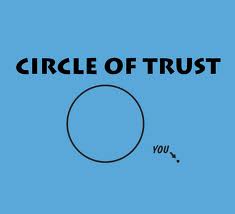 Gail Perry tells us in her blog that post-recession donors . . .
Gail Perry tells us in her blog that post-recession donors . . .
- trust non-profit agencies less than they used to,
- crave more information about ROI,
- want to see more transparency, and
- want to contribute to fewer unrestricted fundraising campaigns.
Read Gail’s blog for a few great tips on how to use “inside-the-box thinking” to address these perceived trends in the donor community.
There are also many other interesting trends occurring in the donor community:
- technology’s impact on giving,
- technology’s impact of cultivation and stewardship activities, and
- donor communications moving from one-way to two-way communications.
Cheyfitz urges us to not focus on “the shiny object” (in this case it would be technology) and throw what works out the window for what we don’t understand (e.g. ePhilanthropy). However, he does not tell us to ignore the changes that are starting to happen. Instead, he point to the words that are chiseled above the entrance of the National Archives in Washington, D.C.:
“The past is prologue”
He ends the chapter by saying, “Paying attention to history, in short, can save a lot of time and pain and produce a lot of gain.”
The non-profit sector has seen this kind of change in communication technology before, right? I am thinking about the rise of “direct mail” and how that changed how we cultivate, solicit, and steward donors today.
 I suspect that non-profits, who tossed their special events and peer-to-peer annual campaigns onto the trash heap and invested everything they had into direct mail, probably went out of business. Those who survived kept their eyes on the trend, engaged their donors in thoughtful discussions about their preferences with direct mail, and proceeded forward with caution and strategic focus.
I suspect that non-profits, who tossed their special events and peer-to-peer annual campaigns onto the trash heap and invested everything they had into direct mail, probably went out of business. Those who survived kept their eyes on the trend, engaged their donors in thoughtful discussions about their preferences with direct mail, and proceeded forward with caution and strategic focus.
Again . . . outside-the box thinking will sink you, and inside-the-box thinking will keep you afloat.
At the end of every chapter, Cheyfitz provides a few tips on how to “build your box” so that you can think inside of it. He offered four tips at the end of chapter one, but the last tip struck me as very appropriate for non-profit organizations during these challenging and changing times (read the word “customer” as “donor” to help with the non-profit translation):
“Use your time to focus on how your customers’ lives are changing and how you can serve their emerging needs with new products and services (delivered using the same old business models).”
Are your donors behaving different after the economic crash of 2008? What is your donor data telling showing? What are donors telling you? What kinds of “inside-the-box” best practices are you employing to thrive in this new economic climate? Please scroll down and use the comment box to share a thought or two with your fellow non-profit professionals this morning.
Here’s to your health!
Erik Anderson
Founder & President, The Healthy Non-Profit LLC
www.thehealthynonprofit.com
erik@thehealthynonprofit.com
http://twitter.com/#!/eanderson847
http://www.facebook.com/eanderson847
http://www.linkedin.com/in/erikanderson847

